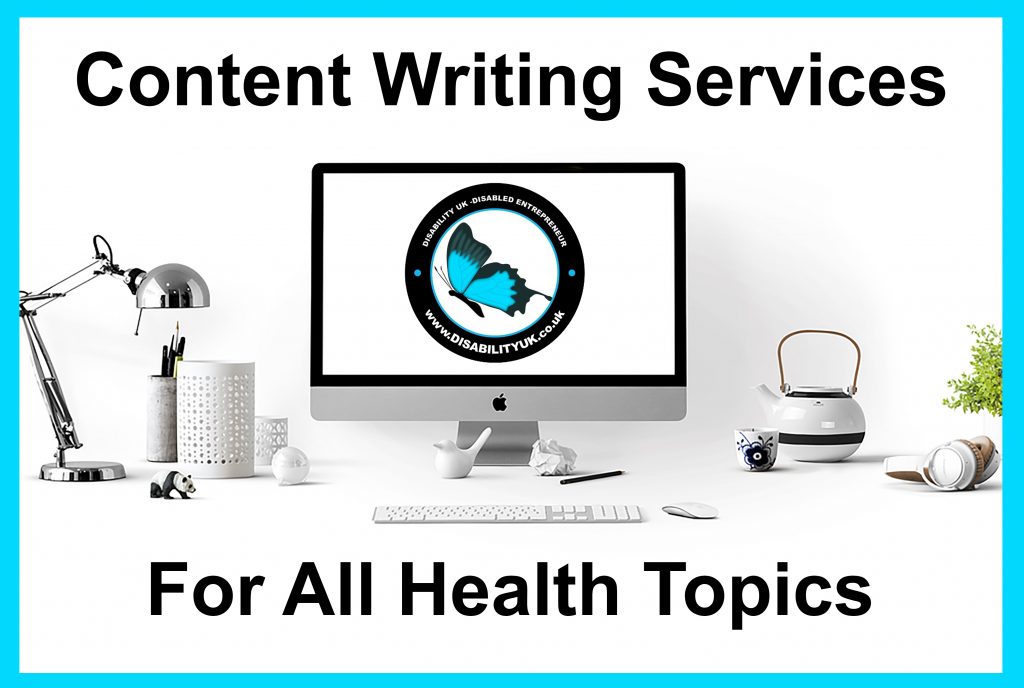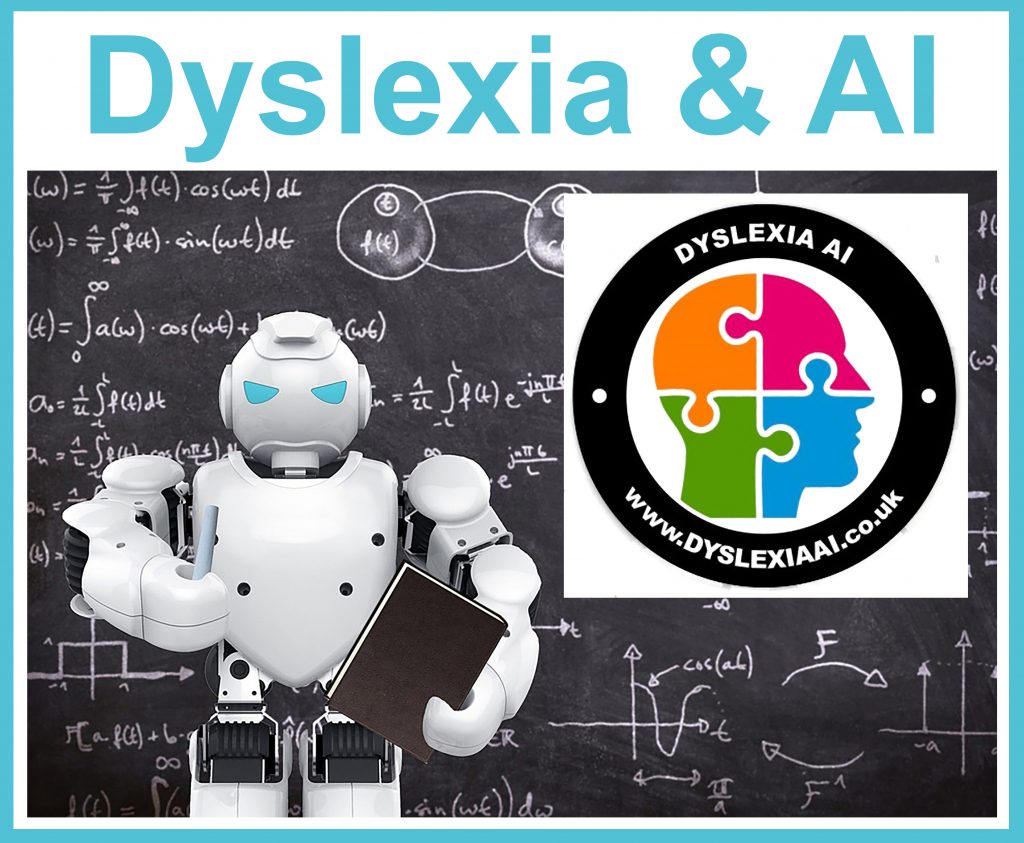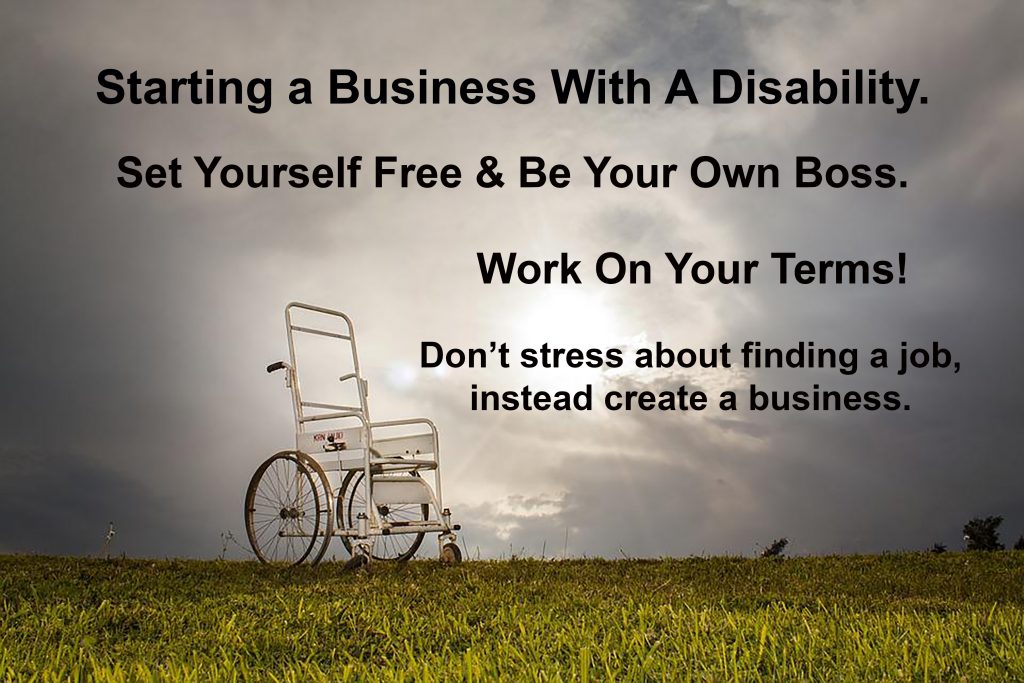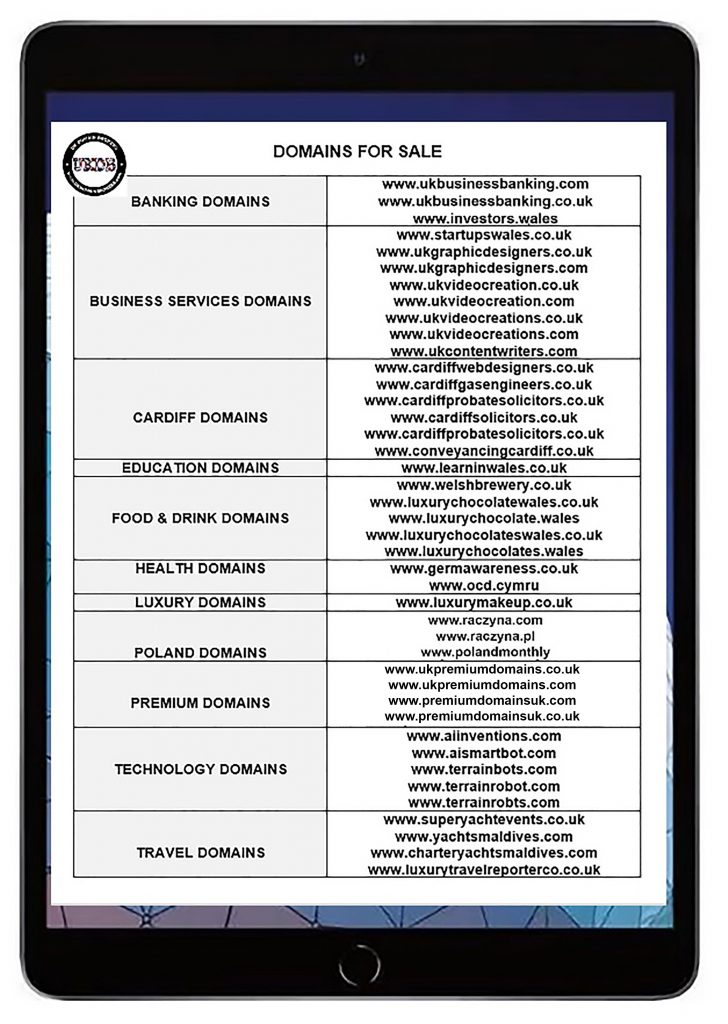
www.ukgraphicdesigners.co.uk
The Creative Journey: A Guide to Becoming a Graphic Designer
Graphic design is a dynamic and rewarding field that blends creativity, technology, and communication. From crafting eye-catching logos to designing user-friendly websites, graphic designers play a vital role in shaping the visual identity of brands and organizations. If you have a passion for art, technology, and storytelling, embarking on a journey to become a graphic designer can be both exciting and fulfilling. In this article, we’ll explore the steps and considerations involved in pursuing a career in graphic design.
Becoming a graphic designer as a disabled entrepreneur can be a fulfilling and empowering journey. Here’s a guide to help you navigate this path:
- Discover Your Passion and Purpose: Before diving into the world of graphic design, take some time to reflect on your interests, strengths, and goals. Are you drawn to illustration, typography, branding, web design, or a combination of these areas? Understanding your passions and purpose will help guide your journey and shape your career path as a graphic designer. Reflect on your skills, interests, and what drives you. Graphic design encompasses various areas such as illustration, branding, web design, and more. Discover what aspect of graphic design resonates with you the most.
- Learn the Fundamentals: While formal education is valuable, it’s not the only path to becoming a graphic designer. Many successful designers are self-taught or have pursued alternative forms of education, such as online courses, workshops, and tutorials. Regardless of your educational background, it’s essential to learn the fundamentals of graphic design, including color theory, typography, layout principles, and software proficiency (e.g., Adobe Creative Suite). While formal education is valuable, it’s not always necessary to have a degree to become a successful graphic designer. There are numerous online courses, tutorials, and resources available that cater to different learning styles and accessibility needs. Platforms like Coursera, Udemy, and Skillshare offer courses ranging from beginner to advanced levels.
- Build Your Portfolio: Your portfolio is your calling card as a graphic designer. It showcases your skills, creativity, and style to potential clients and employers. Start by creating a diverse range of projects, including personal projects, freelance work, and student assignments. Focus on quality over quantity, and regularly update your portfolio with your latest work to demonstrate growth and proficiency. Your portfolio is your most important asset as a graphic designer. Showcase your best work, including projects you’ve completed during your training and any freelance or volunteer work. Tailor your portfolio to highlight your unique style and abilities.
- Embrace Technology and Tools: Graphic design is a digital craft, and proficiency with design software is essential. Adobe Photoshop, Illustrator, and InDesign are industry-standard tools used by graphic designers worldwide. However, don’t limit yourself to one software suite—explore alternative tools and platforms that suit your workflow and creative process. Additionally, stay updated on emerging technologies and trends in the graphic design industry to remain competitive.
- Cultivate Your Creative Process: Creativity is at the heart of graphic design. Cultivate a creative process that works for you, whether it involves brainstorming, sketching, mood boards, or collaboration with peers. Experiment with different techniques, mediums, and styles to expand your creative repertoire and develop your unique voice as a designer.
- Seek Feedback and Collaboration: Feedback is invaluable for growth and improvement as a graphic designer. Seek constructive criticism from peers, mentors, and industry professionals to gain fresh perspectives and identify areas for development. Collaboration is also essential in graphic design—whether it’s collaborating with clients, colleagues, or other creatives, teamwork can lead to innovative solutions and dynamic projects.
- Develop Your Professional Brand: As you progress in your graphic design journey, consider developing your professional brand identity. This includes creating a personal logo, establishing a cohesive visual style across your portfolio and marketing materials, and maintaining a strong online presence through a professional website and social media channels. Your brand should reflect your personality, values, and design aesthetic, helping you stand out in a competitive market.
- Networking: Networking is key to success in any entrepreneurial endeavor. Connect with other graphic designers, join online communities, and attend industry events (either in-person or virtually) to expand your network. Platforms like LinkedIn and Behance can be valuable for connecting with professionals in the field.
- Pursue Opportunities and Growth: Graphic design offers a wide range of career opportunities, from freelance work and agency positions to in-house design roles and entrepreneurship. Explore different avenues and opportunities that align with your interests, skills, and goals. Attend industry events, conferences, and workshops to network with professionals, stay inspired, and continue learning and growing as a graphic designer.
- Accessibility Considerations: As a disabled entrepreneur, it’s important to consider accessibility in your work. Ensure that your designs are inclusive and comply with accessibility standards such as WCAG (Web Content Accessibility Guidelines). Familiarize yourself with assistive technologies and design principles that enhance accessibility for users with disabilities.
- Business Setup: Decide on the structure of your business (sole proprietorship, LTD, LLC, etc.) and register it according to the laws and regulations in your area. Consider consulting with a solicitor/lawyer or accountant specializing in disability entrepreneurship to ensure compliance and maximize benefits.
- Marketing and Branding: Develop a strong brand identity for your graphic design business. Create a professional website showcasing your portfolio, services, and contact information. Utilize social media platforms to promote your work and engage with potential clients.
- Client Acquisition: Start by reaching out to your network and offering your services to friends, family, and local businesses. As you gain experience and confidence, expand your outreach to a broader audience through targeted marketing efforts and referrals.
- Continuous Learning and Adaptation: The field of graphic design is constantly evolving, so it’s essential to stay updated on industry trends, software advancements, and design techniques. Embrace a growth mindset and be willing to adapt to new challenges and opportunities.
- Seek Support and Resources: Don’t hesitate to seek support from disability advocacy organizations, entrepreneurial networks, and mentorship programs. There are also grants, scholarships, and funding opportunities specifically tailored to disabled entrepreneurs that can help support your journey.
- Persistence and Resilience: Entrepreneurship can be challenging, but with persistence, resilience, and a positive mindset, you can overcome obstacles and achieve your goals as a graphic designer.
Remember, your unique perspective as a disabled entrepreneur can be a strength in your graphic design journey. Embrace your creativity, leverage your skills, and pursue your passion with determination and confidence.
Conclusion
Becoming a graphic designer is a journey of creativity, learning, and self-discovery. By embracing your passion, honing your skills, and staying curious and adaptable, you can carve out a fulfilling and successful career in this dynamic and ever-evolving field. Whether you dream of designing for global brands, launching your own studio, or making a difference through design activism, the possibilities are endless in the world of graphic design. So, embark on your creative journey with confidence, determination, and a commitment to lifelong learning and growth.
The domain www.ukgraphicdesigners.co.uk is for sale we can spread the cost of the domain over a set period. We can also build a website and offer marketing and advertising. If you are interested in acquiring the domain that is generating traffic, please contact us.




















